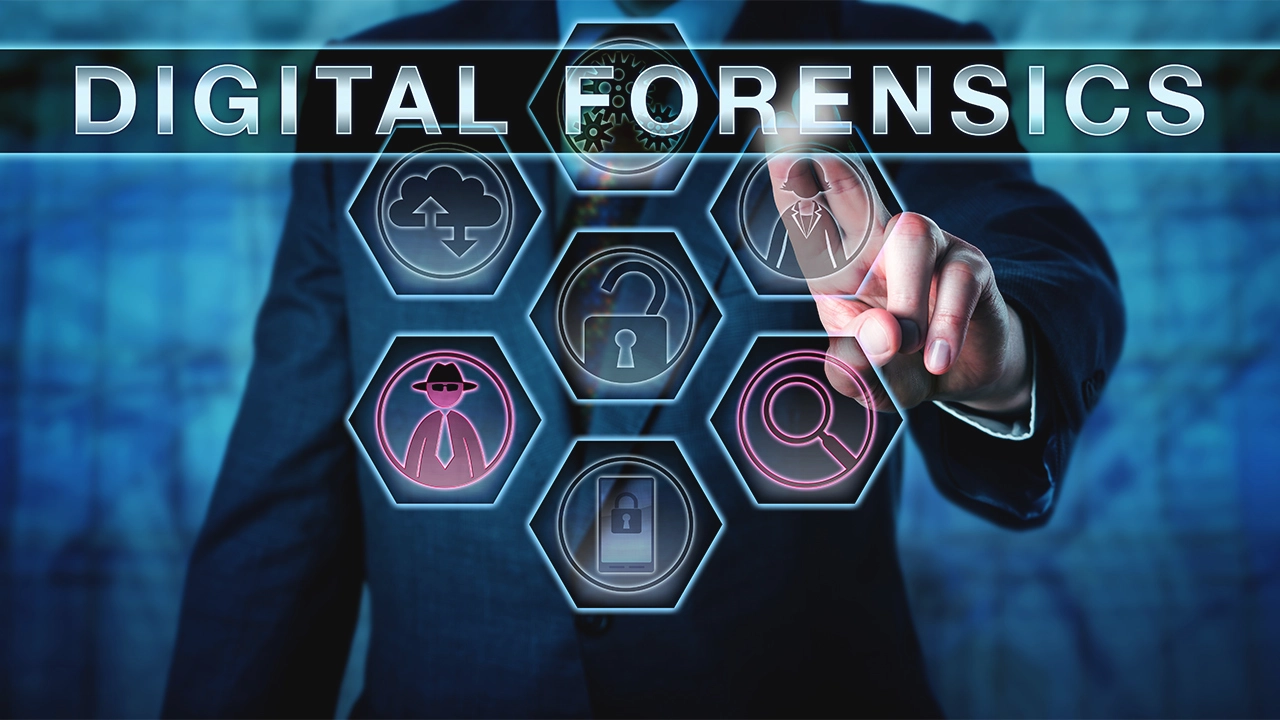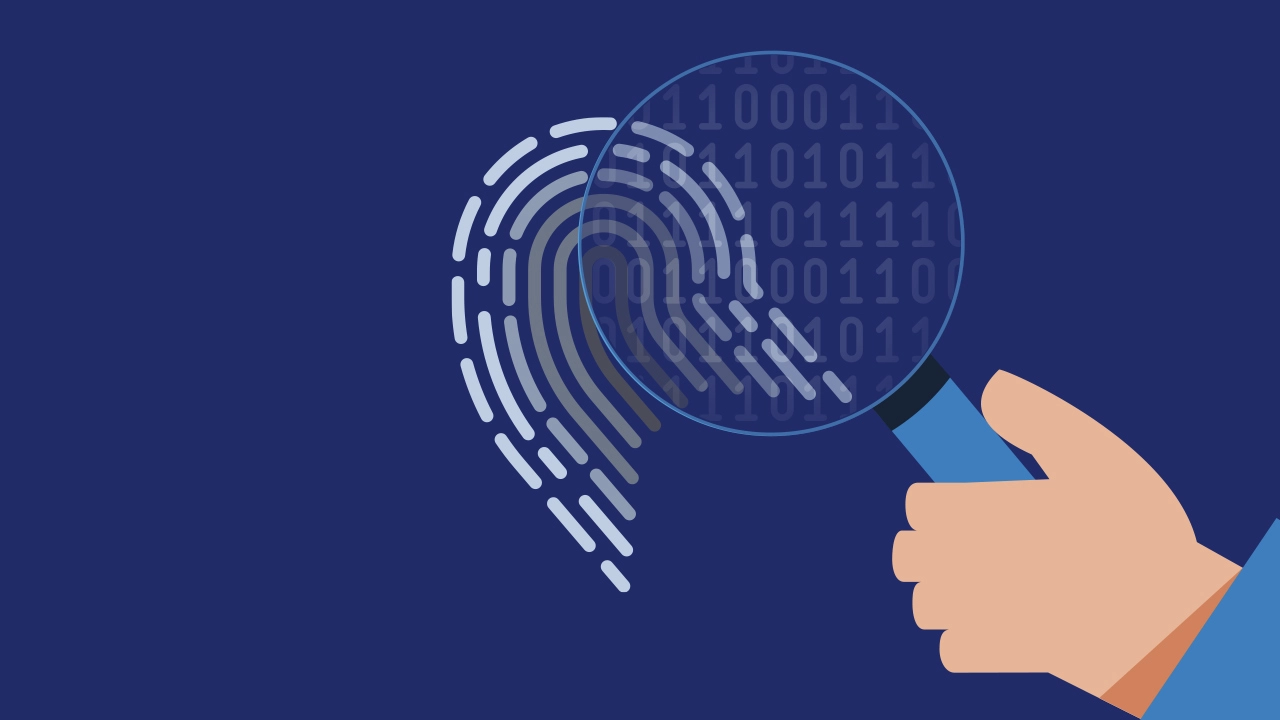Index
- Introduction
- Understanding Cyber Forensics and Information Security
- The Digital Crime Scene
- Types of Digital Forensics
- The Growing Impact of Cyber Forensics
- Cyber Crime Investigation Process
- Legal Challenges in Cyber Crime Investigations
- Ensuring Compliance in Cyber Forensics
- Conclusion
- FAQs
Cyber forensics plays a crucial role in investigating and prosecuting cybercrimes in our increasingly digital world. As more aspects of our lives have moved online, from finance to healthcare to communications, so too have criminal activities shifted to take advantage of vulnerabilities in computer systems and networks.
Forensic investigation in cyber security is a crucial tool for pursuing cybercriminals and analysing data breaches. Cybercriminals are often adept at covering their tracks and traversing virtual spaces anonymously. This is where cyber forensics experts come in. By analysing digital artifacts and preserving forensic data from compromised networks, devices, and online platforms, cyber forensics investigators can piece together evidence to identify hackers, ascertain their methods, and determine the extent of breaches.
Read on to learn about the role of cyber forensics and information security.
Understanding Cyber Forensics and Information Security
Cyber forensics refers to the specialised investigative processes and practices focused on uncovering, analysing, and preserving evidence from networks, systems, and devices that have been involved in cybercrimes or information security incidents through cyber crime investigation and digital forensics. It draws on scientific principles and legal protocols for evidence handling to systematically collect, validate, interpret, document, and present digital artifacts in a manner that facilitates the reconstruction of security events.
The significance of cyber forensics for information security is multifaceted:
- Incident Response: When a cyberattack or data breach happens, time is of the essence—every passing minute allows the damage to compound. Cyber forensics helps organisations bounce back quickly by dispatching its crack digital investigators.
- Threat Hunting: Preemptive examination of digital evidence enables anticipation of breaches by detecting adversary activity in the early stages. Proactively hunting for indicators of compromise bolsters organisational preparedness.
- Attribution & Prosecution: Tracing and attributing malicious cyber activities to their perpetrators is essential for deterrence via sanctions. Legally credible forensic reports provide substantiation to press charges against threat actors.
The Digital Crime Scene
When it comes to cybercrimes, dealing with a whole new kind of “crime scene” compared to old-school physical crime scenes, there are a lot of parallels that can be drawn between investigating a traditional crime scene and digging through the digital evidence left behind by hackers and online criminals.
Forensic investigation in cyber security involves preserving, recovering and analysing artefacts from compromised digital systems and networks, much like physical forensic evidence is processed at a crime scene. Let’s explore those similarities and differences.
However, investigating cybercrimes also poses some unique challenges that your typical detectives don’t have to deal with when processing a physical crime scene. The digital landscape creates some hurdles that these cybercrime investigators have to overcome. We’ll highlight those special challenges so you can understand why cyber investigations require a specialised approach and skillset.
The key ideas are:
- Cybercrime scenes are different from physical crime scenes
- But there are also a lot of parallels that can be drawn between them.
- Investigating digital crimes creates some one-of-a-kind challenges.
Types of Digital Forensics
Digital forensics refers to the overall investigative processes and scientific techniques used to uncover evidence from digital devices and cyberspace through cyber crime investigation and digital forensics. There are several specific subtypes of digital forensics we will explore.
- Disk forensics: It involves extracting data from storage media like computer hard drives or external USB devices. Investigators utilise disk forensics to recover files and uncover information stored on a suspect’s devices.
- Network forensics: it analyses network infrastructure and traffic to identify the digital footprints left behind by cyber activities. By reconstructing network events, investigators can trace hacker movements.
- Memory forensics: It allows the extraction of volatile data from a computer’s RAM. This enables investigators to capture valuable temporary information that is lost when a system is powered down.
The Growing Impact of Cyber Forensics
The integration of cyber forensics and information security capabilities into broader information security programs provides tremendous value. By thoroughly analysing compromised systems and available digital evidence after an incident, organisations gain crucial insights into how attackers breached defences, moved laterally, and achieved objectives.
These findings allow security teams to patch vulnerabilities and improve processes to prevent recurrence rapidly. Forensic investigation in cyber security involves preserving, recovering and analysing artefacts from compromised digital systems and networks, much like physical forensic evidence is processed at a crime scene.
Organisations further benefit by leveraging cyber forensics to establish robust incident response plans, train personnel, and meet digital evidence handling requirements for potential legal proceedings. Cyber forensics experts adeptly preserve integrity and chain of custody for devices, logs, communications and other data sources that may be needed for internal investigations or law enforcement collaboration.
As a highly technical discipline, investigators overcome the challenges of acquiring fragile digital evidence by maintaining forensic copies and leveraging methods like data recovery, decryption, and advanced analysis without altering sources. Strict protocols govern evidence handling to support facts-based Cybercrime attribution and maintain admissibility in legal cases.
Cyber Crime Investigation Process
The cybercrime investigation process generally involves three main phases – incident response/preparation, digital evidence collection, and analysis/reconstruction.
The incident response phase focuses on the initial actions taken when a cyberattack or breach is discovered. This includes steps like identifying affected systems, containment to prevent further damage, and preparing an investigation plan.
Digital evidence collection involves utilising forensic techniques to properly extract, preserve, and document relevant data from compromised devices and networks. Proper evidence-handling procedures are crucial.
Finally, in the analysis and reconstruction phase, investigators piecing together collected evidence to uncover what happened and attribute the attack. Timelines of events are created, and formal reports are compiled.
Legal Challenges in Cyber Crime Investigations
Conducting lawful cyber crime investigation and digital forensics presents unique legal challenges, given the technical nature of digital evidence. Investigators must ensure proper authority, consent, and procedural rules are followed when collecting, analysing, and preserving digital evidence. For example:
- Search warrants and court orders may be required to search or seize digital devices and data. Investigators must be careful to follow appropriate protocols.
- Privacy laws and regulations like HIPAA place limits on accessing private data during investigations. Protections for user data must be considered.
- Rules of evidence require maintaining the chain of custody and integrity of original digital evidence. Proper duplication and preservation are crucial.
Ensuring Compliance in Cyber Forensics
Given the technical nature of cyber forensics, adherence to laws, regulations, and professional standards is critical to ensure reliable, court-defensible findings. For example:
- Following established digital forensic protocols like SWGDE standards for evidence collection/preservation.
- Using scientifically validated cyber forensic tools and techniques that withstand scrutiny.
- Proper documentation, reporting, and retention of detailed notes on all forensic processes employed.
- Ongoing training/certification of digital forensic investigators on the latest legal standards.
Conclusion
Cyber forensics and information security play a critical role in investigating cybercrimes and protecting against emerging cyber threats. Skilled cyber forensics enables the proper collection, analysis, and interpretation of digital evidence to reconstruct cyber incidents, identify perpetrators, and determine what happened through cyber crime investigation and digital forensics. As cyber criminals utilise more sophisticated techniques, capable and adaptable cyber forensics is key for pursuing justice in the digital world and safeguarding assets, infrastructure, and sensitive data.
Keeping your organisation secure requires vigilance and working with leading experts in cybersecurity. That’s why companies should turn to the pioneers at 63SATS for the latest defensive products and services for safeguarding critical assets. 63SATS offers industry-leading solutions covering advanced threat prevention, encrypted communications, cloud security, mobile defence, and beyond – truly providing clients with their own Cyber Security Force. With 63SATS as a trusted partner, you can confidently build your digital capabilities while keeping data, infrastructure and operations shielded from unauthorised access or attack.










